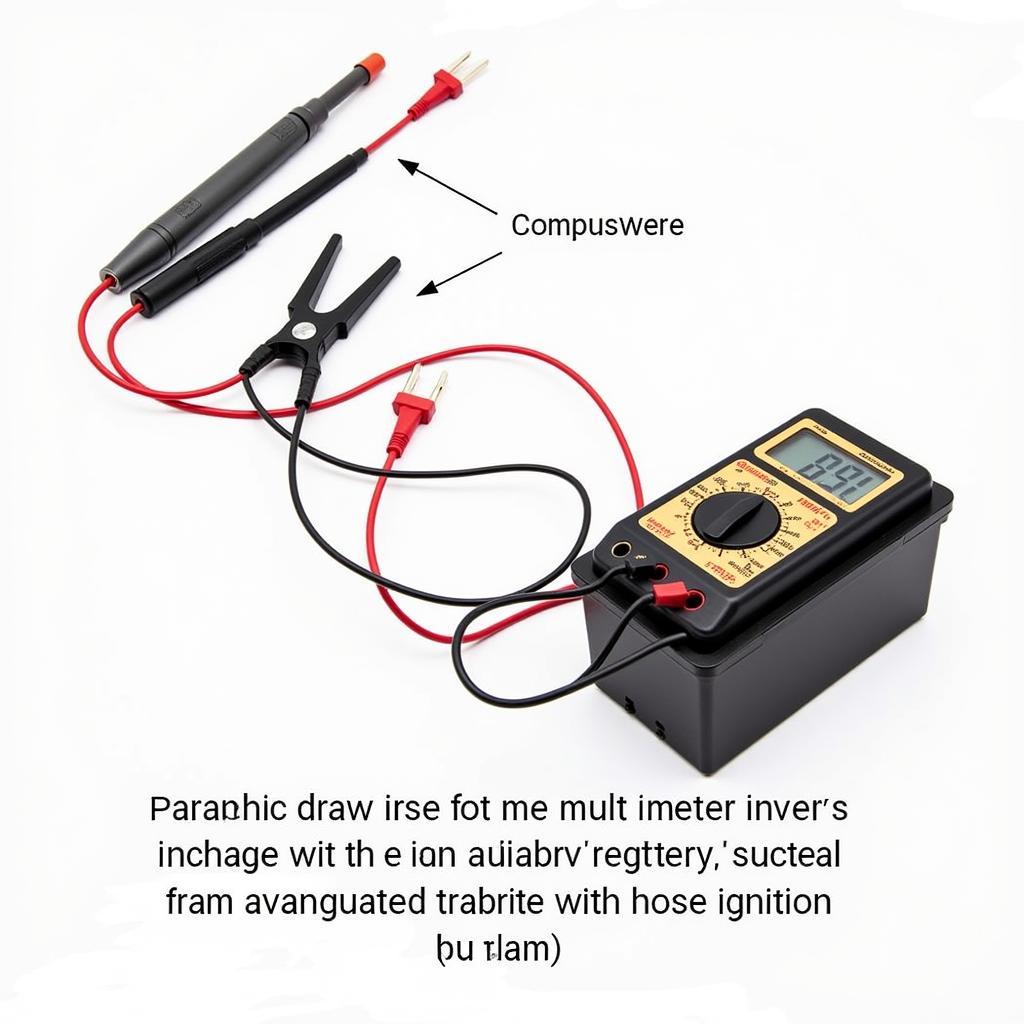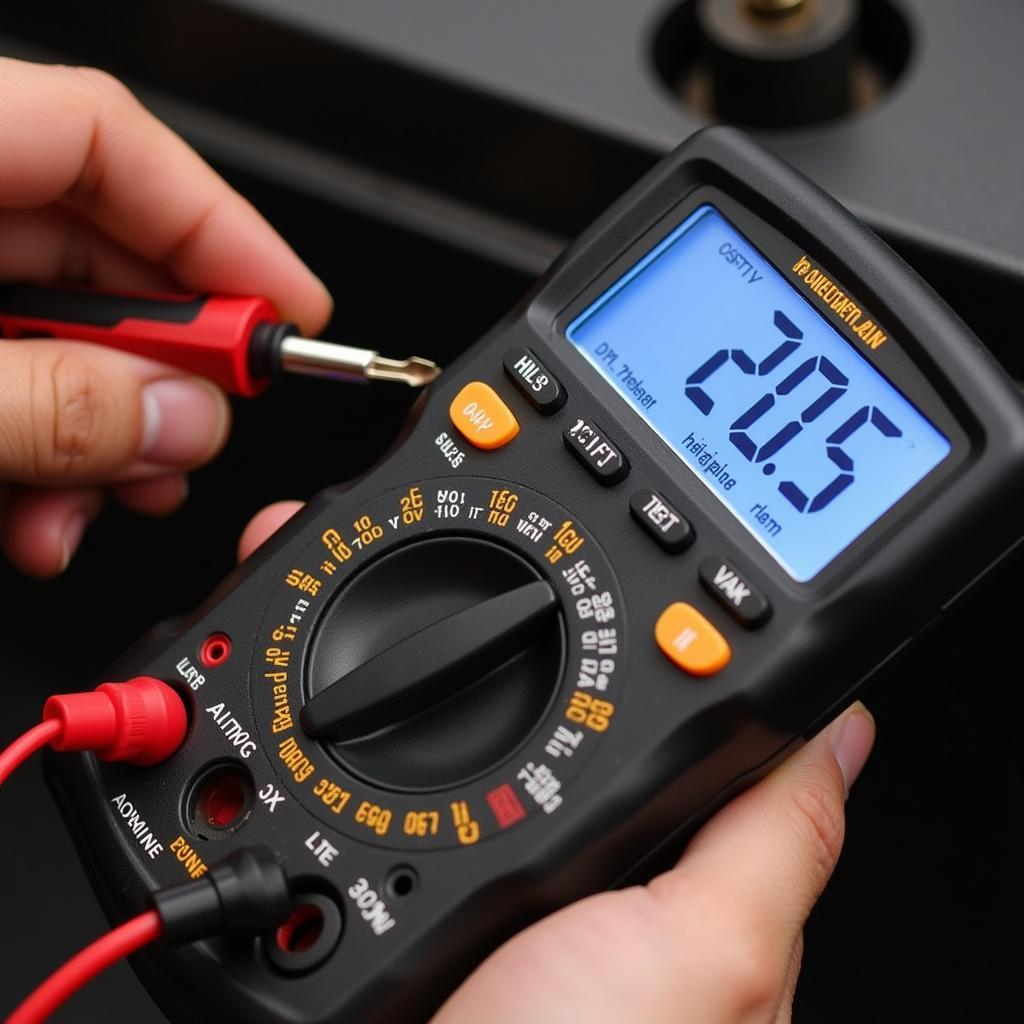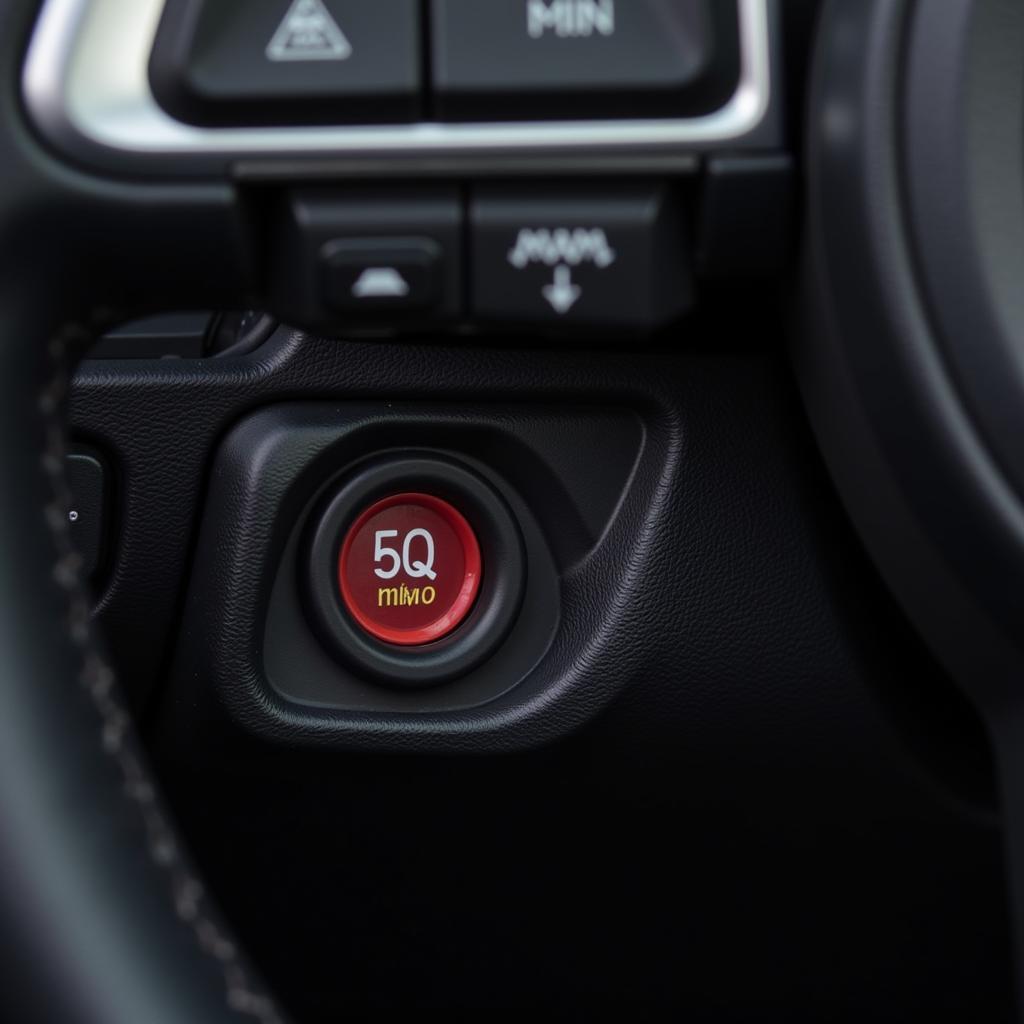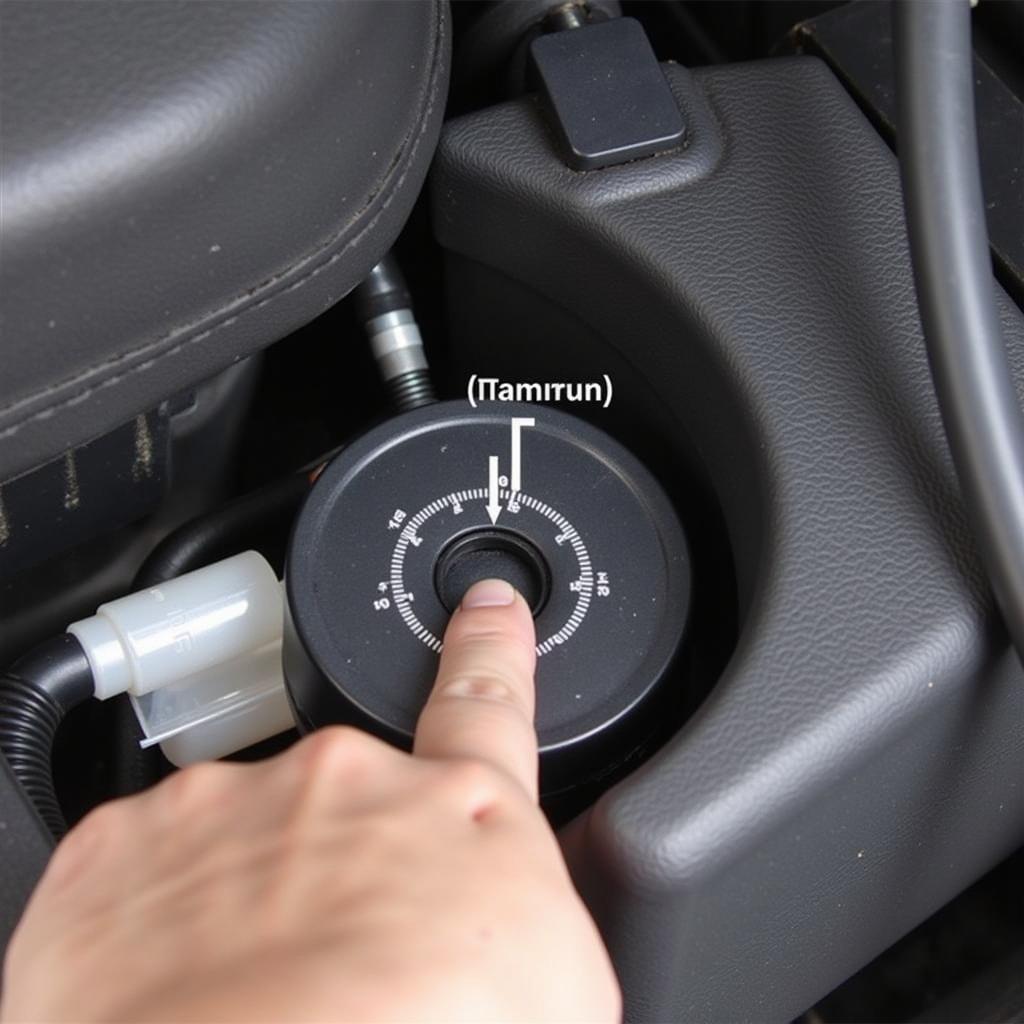An automotive parasitic draw, also known as a parasitic battery drain, can be a frustrating and perplexing problem. It occurs when an electrical component in your vehicle continues to consume power even after the ignition is turned off, slowly draining your car battery. This article aims to equip you with the knowledge and tools necessary to diagnose, understand, and resolve this common automotive issue. check for draw on car battery.
What is Automotive Parasitic Draw?
A parasitic draw is a small but constant drain on your car’s battery caused by electrical components that remain active even when the car is off. This can range from something as simple as a forgotten interior light to a more complex issue like a faulty control module. Over time, even a small draw can completely drain your battery, leaving you stranded.
Common Causes of Parasitic Battery Drain
Several components can contribute to a parasitic draw. Some of the most common culprits include faulty alternators, interior lights, glove box lights, door switches, and even aftermarket accessories like stereos and alarms. Faulty wiring or relays can also be a source of this drain.
How to Identify a Parasitic Draw
The first step in resolving a parasitic draw issue is to confirm its presence. You can do this with a simple automotive parasitic draw test.
 Parasitic Draw Test Setup
Parasitic Draw Test Setup
After confirming a draw, the next step is to identify the offending component. This often involves systematically disconnecting fuses and relays while monitoring the current draw with a multimeter.
Using a Multimeter to Find a Parasitic Draw
A multimeter is an essential tool for diagnosing a parasitic draw. By connecting the multimeter in series with the battery’s negative terminal, you can accurately measure the current being drawn. This allows you to pinpoint the specific circuit causing the drain. finding parasitic draw with multimeter helps you to isolate the issue.
Step-by-Step Guide to Locating the Draw
- Disconnect the negative battery cable.
- Connect the multimeter in series between the negative battery terminal and the negative battery cable.
- Set the multimeter to measure DC Amps.
- Note the reading on the multimeter. This is your baseline current draw.
- Begin removing fuses one at a time, checking the multimeter reading after each fuse removal.
- If the current draw drops significantly after removing a specific fuse, you’ve identified the circuit causing the problem.
- Consult your vehicle’s wiring diagram to determine which components are on that circuit.
 Multimeter Reading Parasitic Draw
Multimeter Reading Parasitic Draw
“A common mistake is not checking the glove box light or trunk light, which can stay on due to a faulty switch and drain the battery,” says John Smith, Senior Automotive Electrical Technician at Advanced Auto Diagnostics.
Fixing the Parasitic Draw
Once you’ve identified the faulty component or circuit, the repair can range from simply replacing a blown fuse to more complex repairs like replacing a faulty control module or repairing damaged wiring. find parasitic battery drain multimeter provides further details.
Preventing Future Parasitic Draws
Regularly checking your car’s electrical system, ensuring proper installation of aftermarket accessories, and promptly addressing any electrical issues can help prevent future parasitic draws.
“Always double-check that all interior lights are off before exiting your vehicle. This simple habit can save you a lot of trouble down the road,” advises Maria Garcia, Lead Automotive Instructor at the National Automotive Training Institute.
 Car Battery Maintenance
Car Battery Maintenance
Conclusion
An automotive parasitic draw can be a troublesome issue, but by understanding its causes and utilizing the right tools and techniques, you can effectively diagnose and resolve the problem. Addressing this issue promptly not only prevents the inconvenience of a dead battery but also protects your vehicle’s electrical system from long-term damage. Remember to perform a parasitic draw multimeter test to identify the source of the drain.


